FTM Cultural Impact: Drawing From Experience And Cultural Identity
Introduction
Gender identity is shaped by more than the normalized genders. FTM individuals bring a unique culture yet to be studied closely since we as a society still tend to misinterpret them. To truly understand the FTM world, let’s look closely at their coming out stories and the treatment they get for proudly identifying themselves.
Only by studying how they are treated can we as a society understand what they face while trying to survive this harsh world.
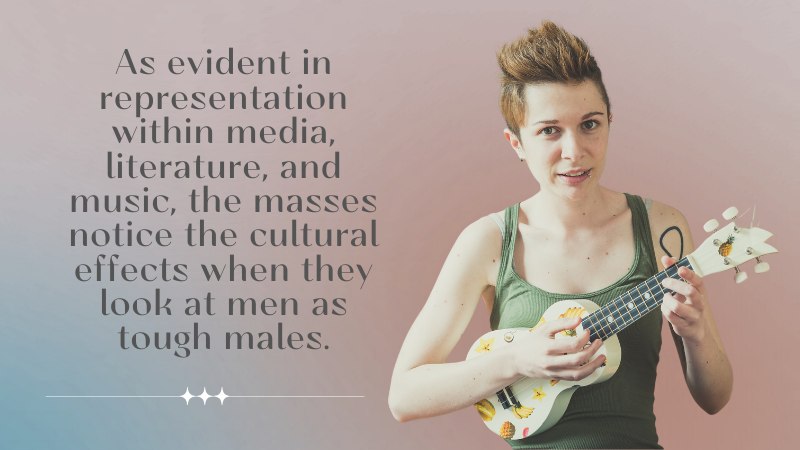
FTM people define masculinity differently, hence breaking gender stereotypes. As evident in representation within media, literature, and music, the masses notice the cultural effects when they look at men as tough males.
Looking into different factors such as culture, sexual orientation, or socioeconomic level helps us understand FTM individuals’ cultural experiences.
Today’s blog will investigate the need to identify and value acceptance of a safe cultural space where FTM individuals can express their true gender identity.
Definition Of FTM In The Context Of Transgender Individuals

Let’s start by defining what FTM means. FTM describes individuals who are assigned the female sex at birth but who identify themselves as males. This means people identify their true gender identity and self differently than the norm.
The FTM experience includes physical and social transitioning and claiming what masculinity means to them personally. FTM needs to be understood within the context of the transgender community as each person deals with their gender identity differently.
Since society accepts and acknowledges this identity, it encourages a more accepting view of gender and supports FTM people in being who they are.
Overview Of The Cultural Impact On FTM Individuals
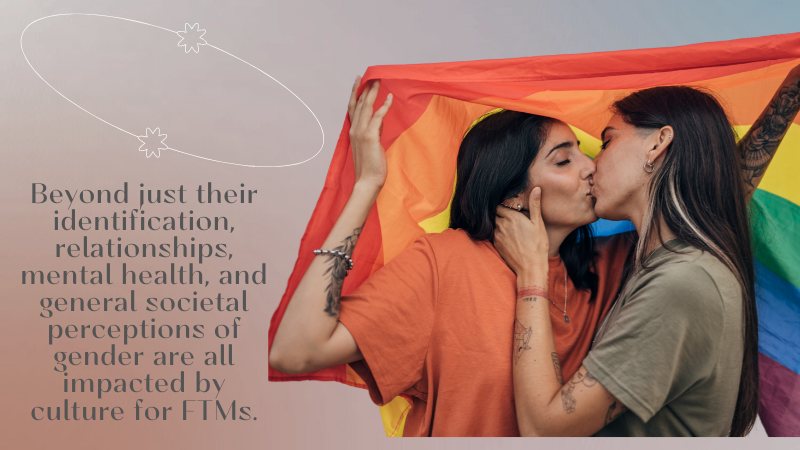
Culture helps people build social groupings and shapes our community. Beyond just their identification, relationships, mental health, and general societal perceptions of gender are all impacted by culture for FTMs.
Issues that unite the FTM people are identified to examine this effect, and how cultural symbols and rituals impact solidarity with peers are highlighted.
Importance Of Cultural Identity And Shared Experiences
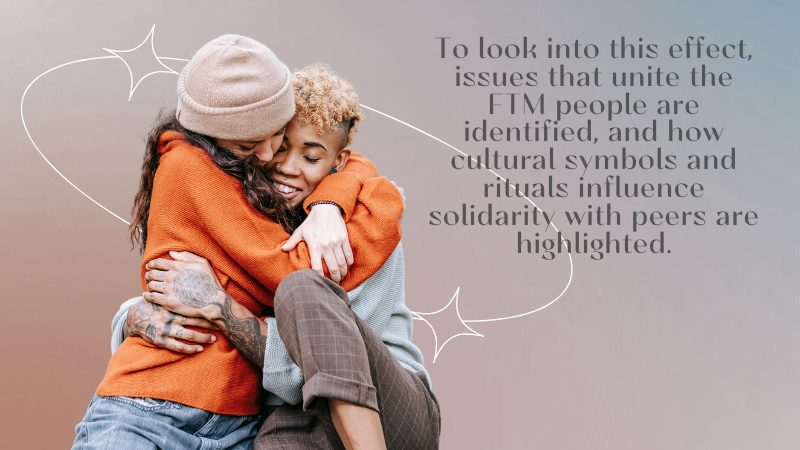
Culture helps people build social groupings and shapes our community. Beyond just their identification, relationships, mental health, and general societal perceptions of gender are all shaped by culture for FTMs.
To look into this effect, issues that unite the FTM people are identified, and how cultural symbols and rituals influence solidarity with peers are highlighted.
Exploration Of FTM Culture
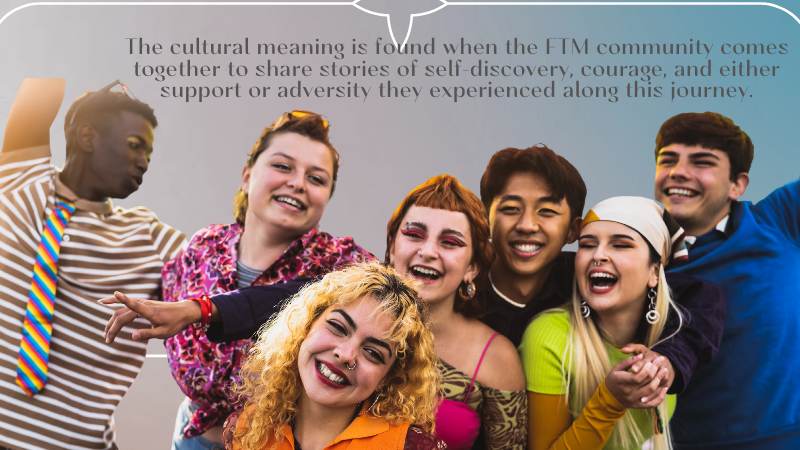
Shared Experiences
1. Coming Out Stories
FTM individuals often experience difficult challenges when they transition. The cultural meaning is found when the FTM community comes together to share stories of self-discovery, courage, and either support or adversity they experienced along this journey.
One example of how coming-out stories can truly impact the FTM world is that of Elliot Page, born Ellen Page, who stars in the Netflix series Umbrella Academy. Elliot said, “Whenever I’d tell people I feel like I am gay, they never took me seriously.
Growing up I never felt at ease unless I was in a setting with queer women. I found myself relating to them. I have always known I was gay but never felt comfortable expressing myself out of fear of being labeled. However, it was around my 31st birthday that I finally came to terms with the fact that I was transgender, in the true sense, beyond doubt.
I had already been acting for a few years at this point, so I knew it was going to be difficult, but I was done hiding my true self from the fans. Those who care about me won’t judge what gender I identify as”
Stories like Elltio’s are inspirational for many who experience the same but fear what society will say when they finally dare to come out. It’s never too late to be who you truly are. So be authentically you!
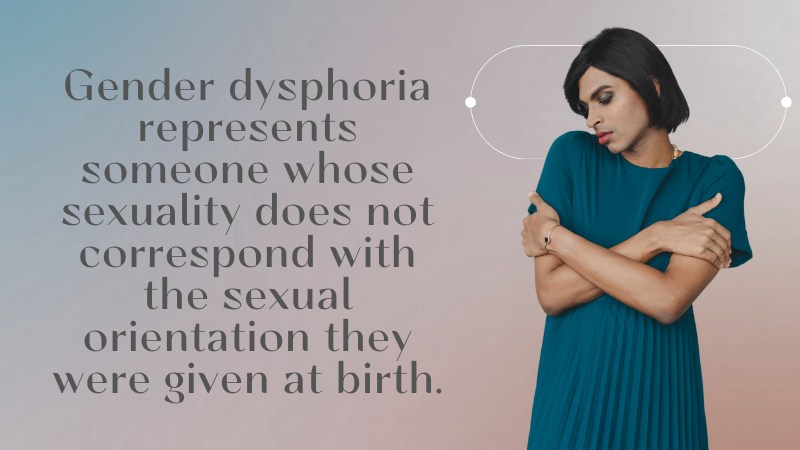
2. Navigating Gender Dysphoria
Gender dysphoria represents someone whose sexuality does not correspond with the sexual orientation they were given at birth. Hence, it is a complicated and very personal experience. Approaching this subject with compassion and a willingness to learn makes all the difference.
The journey of an individual with gender dysphoria is frequently filled with setbacks and chances for self-discovery.
The process of finding a balance between an individual’s gender identity and physical appearance is a common problem among FTMs. Copes with gender dysphoria by being resilient and accepting oneself while getting strength from the collective experiences of the FTM community.
3. Building Support Networks
The formation of support systems is critical to FTM individuals. Cultural influence is demonstrated through the wisdom, advice, and understanding that travels in these networks because of shared interests. Therefore, building support networks for FTM people is essential to enable them to participate in the debate.
Cultural Symbols And Practices
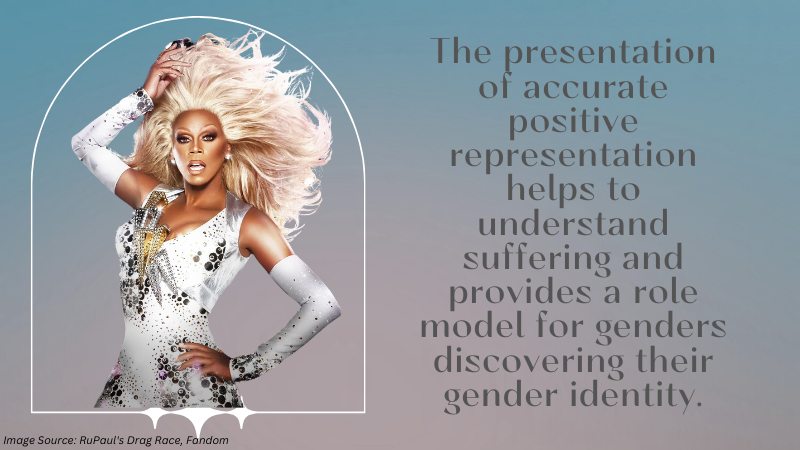
1. Representation In Media and Literature
How FTM is depicted within media and literature is relevant to the transgender cultural identity. The presentation of accurate positive representation helps to understand suffering and provides a role model for genders discovering their gender identity.
Another problem is the way transgender people are represented in media. Usually, FTM characters are portrayed negatively and stereotypically in television productions without capitalizing on the reality that transgender people live. The range and level of representation in FTM literature are suspect.

2. Embracing And Redefining Masculinity
The FTM culture goes against the stereotype of masculinity in the media. What it means to be masculine is renewed by how FTM individuals are depicted in the media. Seeking advice from others and understanding how femininity exists in many other ways apart from social norms is also advantageous.

3. Language And Terminology Within The FTM Community
The use of language in the FTM culture represents cultural identity. Media language is created with terms and phrases that represent details of the FTM encounter.
Intersectionality Within FTM Culture
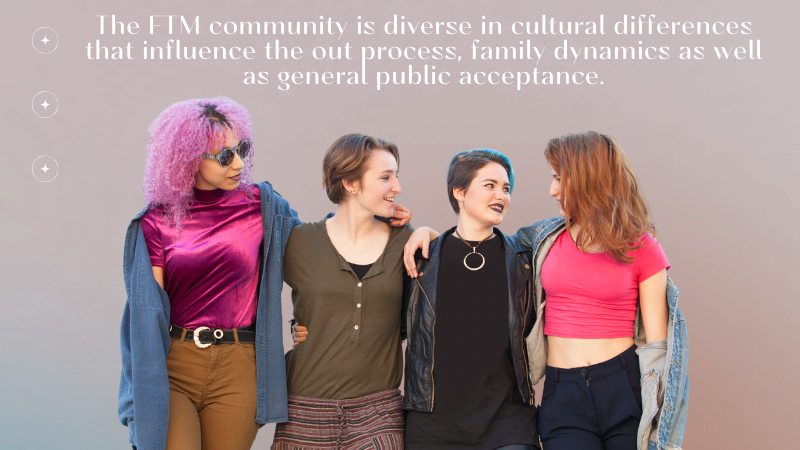
1. Cultural Backgrounds And Their Impact On The FTM Journey
Individuals who fight with their transition from FTM and are of varying cultures broaden their view on transformation. The FTM community is diverse in cultural differences that influence the out process, family dynamics as well as general public acceptance.
For instance, members of Asian groups often face cultural and religious barriers because they do not fit in that society.
2. Intersectionality Of Gender Identity And Sexual Orientation
Intersectionality is a fundamental part of FTM culture. Intersectionality refers to a person, whose several identities impact their life in parallel. People who belong to several minority groups face intersecting oppressive structures.
Sexual orientation and gender identity intersection indicates a broader, all-encompassing view that highlights the scope of an individual’s experience through recognition of diversity within our society.

3. Socioeconomic Factors And Accessibility To Resources
Economic challenges are associated with the FTM approach. There are differences in the availability of treatments such as hormone therapy and free medical care. To create an environment where all cultures will be accommodated and FTM individuals meet their individual needs, it is important to identify these differences.
FTM Cultural Expression
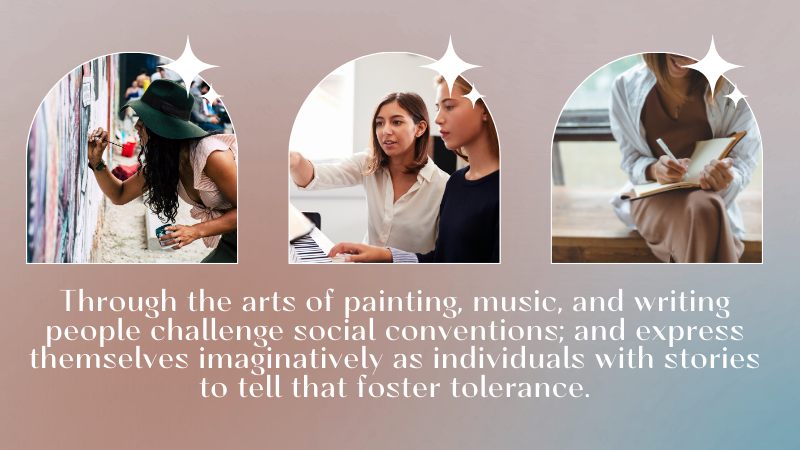
1. Impact Of FTM Experiences On Artistic Expression
For the FTM individuals, art becomes a powerful tool for sharing experiences. Through the arts of painting, music, and writing people challenge social conventions; and express themselves imaginatively as individuals with stories to tell that foster tolerance.
2. Representation In Visual Arts, Literature, And Music
FTM artists change the cultural panorama in various appearances. Such contributions, which can be presented in the form of artistic works demonstrating various masculinities’ diversity or as autobiographical texts revealing individual stories and experiences contribute to regulating society.
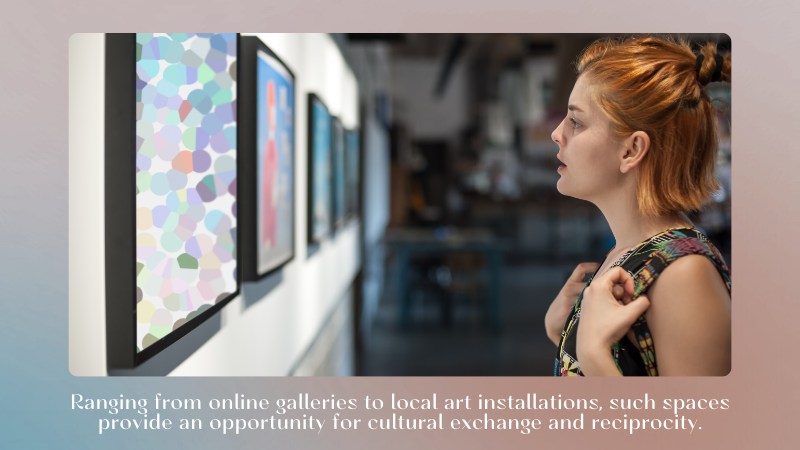
3. Fostering A Sense Of Community Through Creative Outlets
Creative activities provide FTM people with a place to come together and create a feeling of belonging. Ranging from online galleries to local art installations, such spaces provide an opportunity for cultural exchange and reciprocity.
FAQs

How Can FTM Individuals Navigate Societal Expectations Of Masculinity?
Those who identify as FTM can uphold social norms by assuming a different understanding of masculinity. This consists of debunking myths, promoting self-acceptance, and asking for help from the FTM community.
What Role Does Cultural Acceptance Play In The Mental Health Of FTM Individuals?
Cultural acceptance is essential for the mental health of FTM individuals. Feeling accepted in one’s cultural environment was facilitated by lowering feelings of loneliness, fostering a sense of belonging, boosting self-esteem, and improving overall well-being.
How Can Allies Better Understand And Support FTM’s Cultural Identity?
Three are the methods available to allies: they educate themselves on FTM experiences, actively listen to firsthand tales, and promote inclusive environments. Understanding the intersectionality that exists in FTM culture and being tolerant of the many ways masculinity expressions exist to promote effective friendships.
Are There Specific Challenges Faced By FTM Individuals From Different Cultural Backgrounds?
Yes, FTM people from diverse cultural backgrounds have unique challenges related to family relationships, cultural expectations, and societal acceptance. It takes a different grasp of the diverse cultural experiences that people have to recognize and solve these issues through communication.
How Has The FTM Community Influenced Mainstream Perceptions Of Gender?
The FTM community plays a significant role in challenging and extending preexisting gender stereotypes. The FTM community contributes to a more inclusive and diverse view of gender by debunking myths, promoting inclusivity, and sharing personal stories.
Conclusion
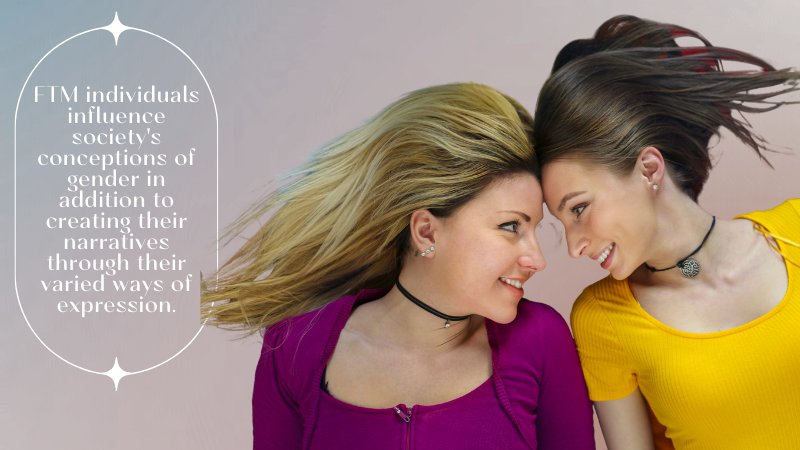
We cannot ignore the contribution of FTM individuals to culture as it is powerful and long-lasting. Shared experiences, intersectionality, and cultural symbols come together to form the complexity of FTM culture.
FTM individuals influence society’s conceptions of gender in addition to creating their narratives through their varied ways of expression. To foster inclusivity and create a society where people are free to express their gender identity, it is necessary to comprehend and accept every facet of FTM culture.

 Basic Packers
Basic Packers Pack & Play
Pack & Play STP
STP